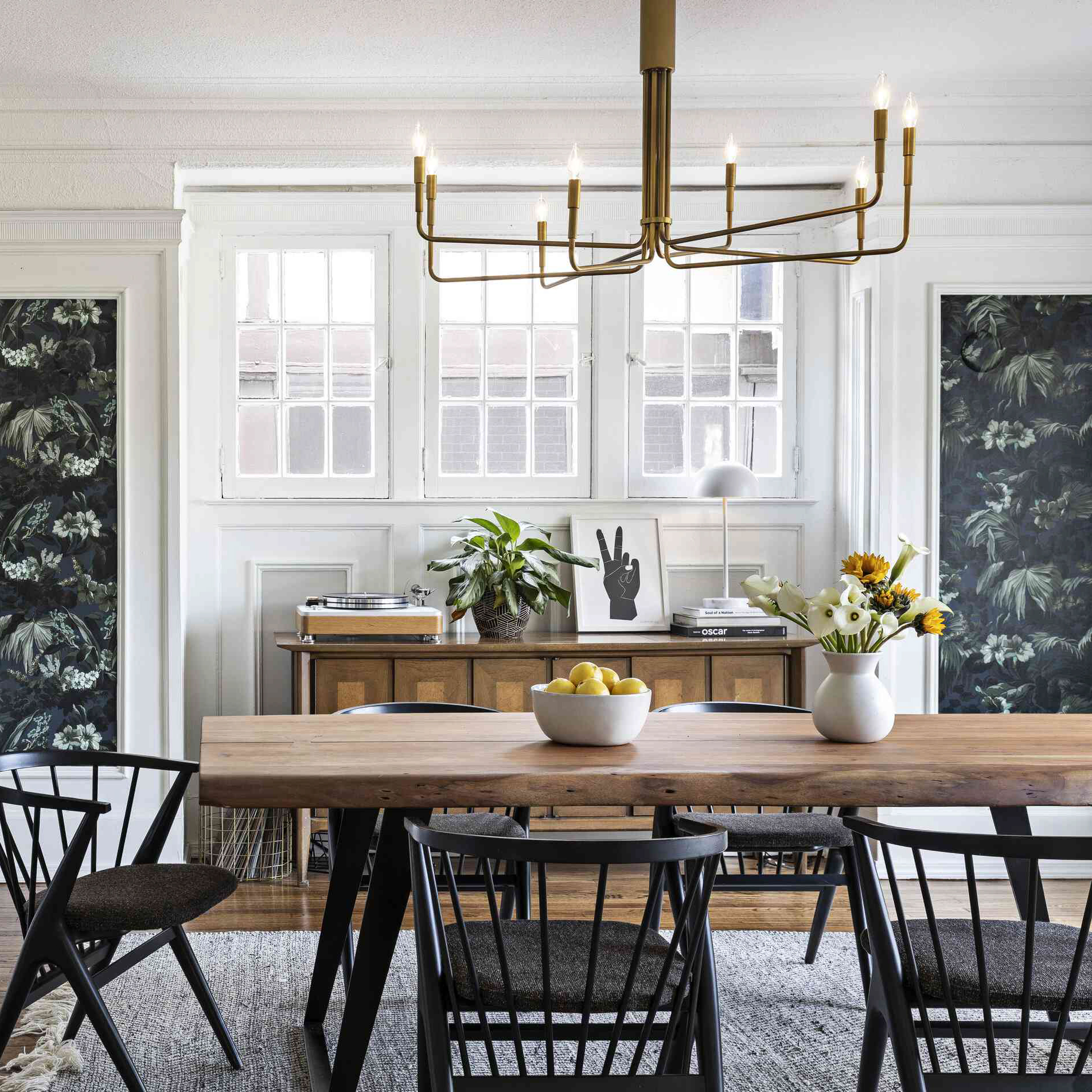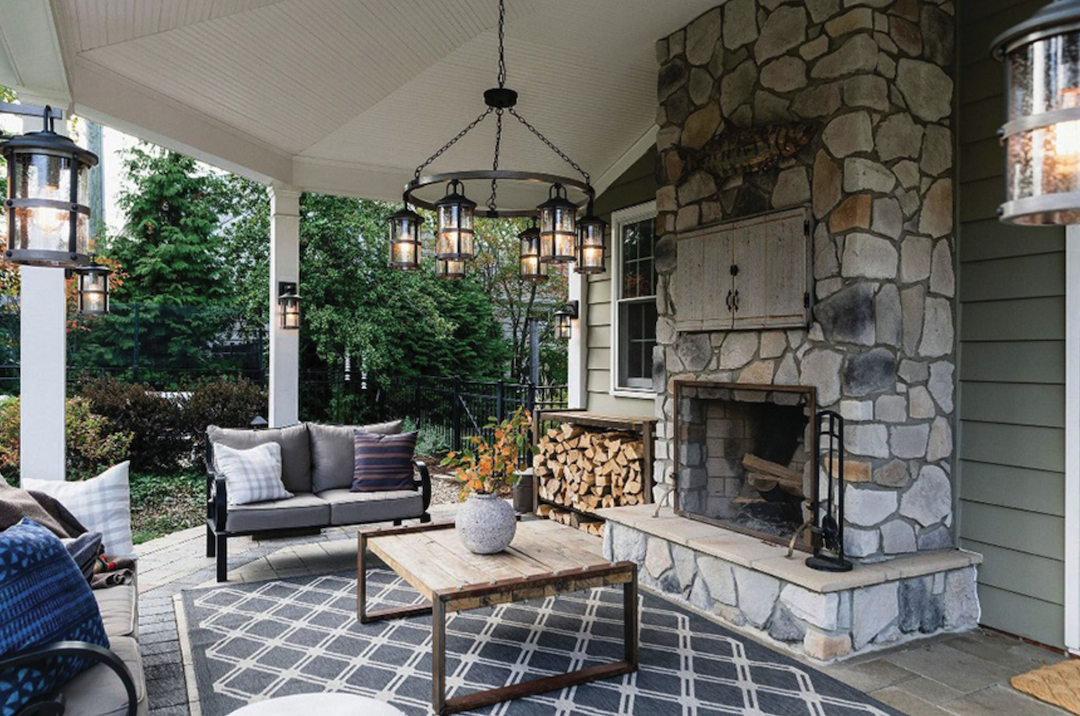The ceiling is often an overlooked aspect of interior design, but it plays an essential role. It can make a space feel bigger, brighter, and more elegant. This article will explore the importance of ceiling design and how it can affect the overall ambiance of a room.
Section 1: Aesthetics of Ceiling Design
1.1 Types of Ceiling Design
There are various types of ceiling designs, including flat, coffered, tray, vaulted, and cathedral. Each of these designs offers its unique aesthetic value. Flat ceilings are the simplest, and they make a space feel more spacious. Coffered and tray ceilings add a sense of grandeur to a room. Vaulted ceilings create a cozy atmosphere, while cathedral ceilings provide an impressive and lofty feel.
1.2 Color and Texture
Colors and textures can significantly impact how a ceiling looks and feels. Lighter colors make a space feel more open and bright, while darker shades create a cozy and intimate atmosphere. Textured ceiling designs, such as popcorn, stucco, or knockdown, can add depth and character to a room.
Section 2: Functionality of Ceiling Design
2.1 Acoustic Control
Ceiling design also plays a crucial role in acoustic control. Spaces with high ceilings tend to echo, making it challenging to hear conversations or enjoy music. By installing acoustic ceiling tiles, sound-absorbing materials, or creating coffered ceilings, you can reduce the amount of noise in a room.
2.2 Lighting and Energy Efficiency
Ceiling design can improve lighting and energy efficiency in a space. Certain ceiling designs, such as tray ceilings, create shadow lines that offer an eye-catching backdrop for ambient lighting. Vaulted ceilings can house skylights or high windows, allowing natural light to fill the room. Coffered ceilings can also accommodate recessed lighting fixtures that offer soft, flattering light while consuming less energy.
Section 3: Common Ceiling Design Mistakes
3.1 Ignoring Ceiling Height
One of the most common design mistakes is ignoring the ceiling height. Low ceilings can feel cramped, so raising them by adding crown molding or painting them the same color as the walls can make the space feel more open. On the other hand, too high ceilings can feel empty and impersonal, so adding ceiling treatments or decorative light fixtures can help to bring them back down to the ground.
3.2 Neglecting Ceiling Detailing
Neglecting ceiling detailing can also be a design mistake. Leaving a ceiling plain and uninteresting can make the entire room feel lackluster. Adding a ceiling treatment, such as a coffered ceiling or crown molding, can add texture and dimension to an otherwise plain ceiling.
A well-designed ceiling can dramatically impact the overall ambiance of a room. It can create a sense of grandeur or intimacy, help control acoustics and lighting, and contribute to overall energy efficiency. By avoiding common design mistakes and considering the aesthetics and functionality of ceiling design, you can unleash the full potential of this often-overlooked aspect of interior design.




